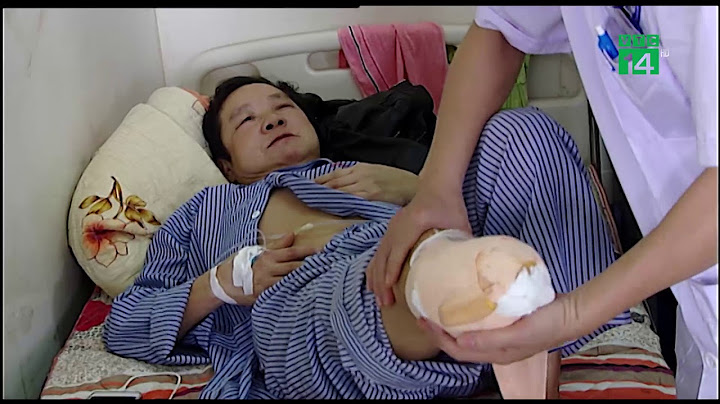ISO 8573-1:2010 specifies purity classes of compressed air with respect to particles, water and oil independent of the location in the compressed air system at which the air is specified or measured. ISO 8573-1:2010 provides general information about contaminants in compressed-air systems as well as links to the other parts of ISO 8573, either for the measurement of compressed air purity or the specification of compressed-air purity requirements. In addition to the above-mentioned contaminants of particles, water and oil, ISO 8573-1:2010 also identifies gaseous and microbiological contaminants. There are standardized compressed air quality classes which makes easier for manufactures to define required air quality to ensure trouble free operation of their equipment. The ISO specify 3 major contaminants of compressed air – solid particles, water and oil. These contaminants are specified by 3 digits that are refering to purity class from table below. Particle size and density – Definition of the size and concentration of solid matter particles like dirt or rust that may remain in the compressed air. Pressure dew point – Definition of the temperature to which the compressed air can be cooled without condensation of the moisture it contains. The pressure dew point changes with the air pressure.  Selecting an air purity class of 2.4.1, required for our PSA systems, would specify the following air quality when operating at the standard’s reference conditions: Class 2 ParticlesIn each cubic metre of compressed air, no more than 100,000 particles in the 0.1 – 0.5 micron size range are allowed. In each cubic metre of compressed air, no more than 1,000 particles in the 0.5 – 1 micron size range is allowed. In each cubic metre of compressed air, no more than 10 particles in the 1 – 5 micron size range is allowed. Class 4 WaterA pressure dewpoint of +3°C or lower is required; no liquid water is allowed. Class 1 OilIn each cubic metre of compressed air, not more than 0.01mg of oil is allowed. This is a combined level for both oil aerosol and oil vapour. Why is it important to meet the air quality requirements?Besides other unwanted issues, all the contaminants deactivate the molecular sieve present in the PSA generator what makes impact on the overall performance and lifetime of the complete system. ISO 8573 is an international standard that is effectively a guideline to base your site standards and measurement procedures on. There is no legislation in place to make absolute compliance mandatory across all industries although some industries may have regulatory targets they need to demonstrate compliance with. It is easy to follow the standard verbatim in theory but there are practical issues that may become more important factors to determine how to monitor compressed air purity. The minimum compressed air quality necessary or desirable will vary according to the processes involved and areas of plant. The cost of delivering ultra pure air is very high and only needs to be employed where necessary. In effect this gives plant managers a problem of balancing operating costs against site risk assessments and the corresponding penalties with the result that several air quality classes may be appropriate for different areas of plant. The frequency of testing or monitoring these different classes needs to reflect the potential impact from the risk assessments and should always be reinforced with additional testing whenever any changes are made to the compressed air plant or distribution system. How do I test against ISO 8573 purity classes? Once a decision has been made which of the 3 main contaminants and which purity classes are appropriate for a particular plant, the means of testing will be partially determined by the frequency. Periodic audits, surveys or point tests for particles, water (dew point) and oil (liquid, aerosol and vapour forms) can be achieved through a variety of means. The ISO 8573 standards cover a wide range of test methods involving exposure of diaphragms to the compressed air and subsequent laboratory analysis which is very accurate and the time between test and results may be acceptable, particularly for the lower purity classes. There are more methods available than are currently described in the standard sections which if employed, may accurately measure according to the purity class limits but are not compliant with the approved methods and as such may not be claimed to give ISO 8573 compliant results. The ISO 8573 standard approved methods do not cover continuous monitoring methods for all 3 common contaminants and as such, where this is important for high purity systems, a decision has to be made to accept that the testing may be to the class limits but NOT compliant with the ISO 8573 testing methods. An acceptable method may be to employ continuous testing where necessary and also use compliant periodic testing for verification.: |





















